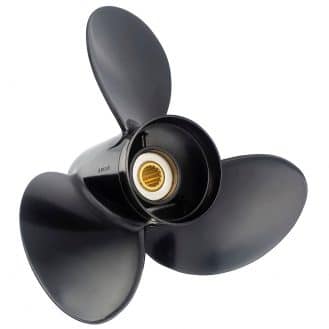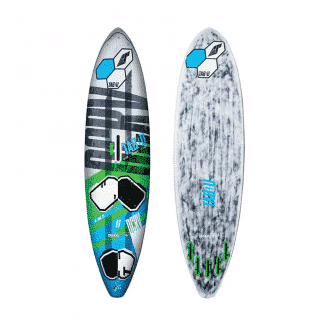A life jacket is a form of personal protective equipment (PPE) that allows a person to float in the event that they fall in the water. Wearing a life jacket is therefore strongly recommended and often compulsory for practicing water sports and activities. There are two main types of life jackets: foam (permanently buoyant) and inflatable.
Life jackets can be equipped with various additional equipment that offers different advantages to the user: buoyancy help, protection from the elements, improved visibility and help with location and rescue. There are international standards and national regulations regarding the technical characteristics of a life jacket. You should check the regulations for your intended use.
In this buying guide, we will not talk about buoyancy aid vests. They are equipment with a buoyancy of less than 50 Newtons and are used for activities considered to be less risky and practiced near the shore such as canoeing, kayaking, windsurfing, water skiing and dinghy sailing. This type of equipment can help ensure the buoyancy of a user only if they are conscious.











